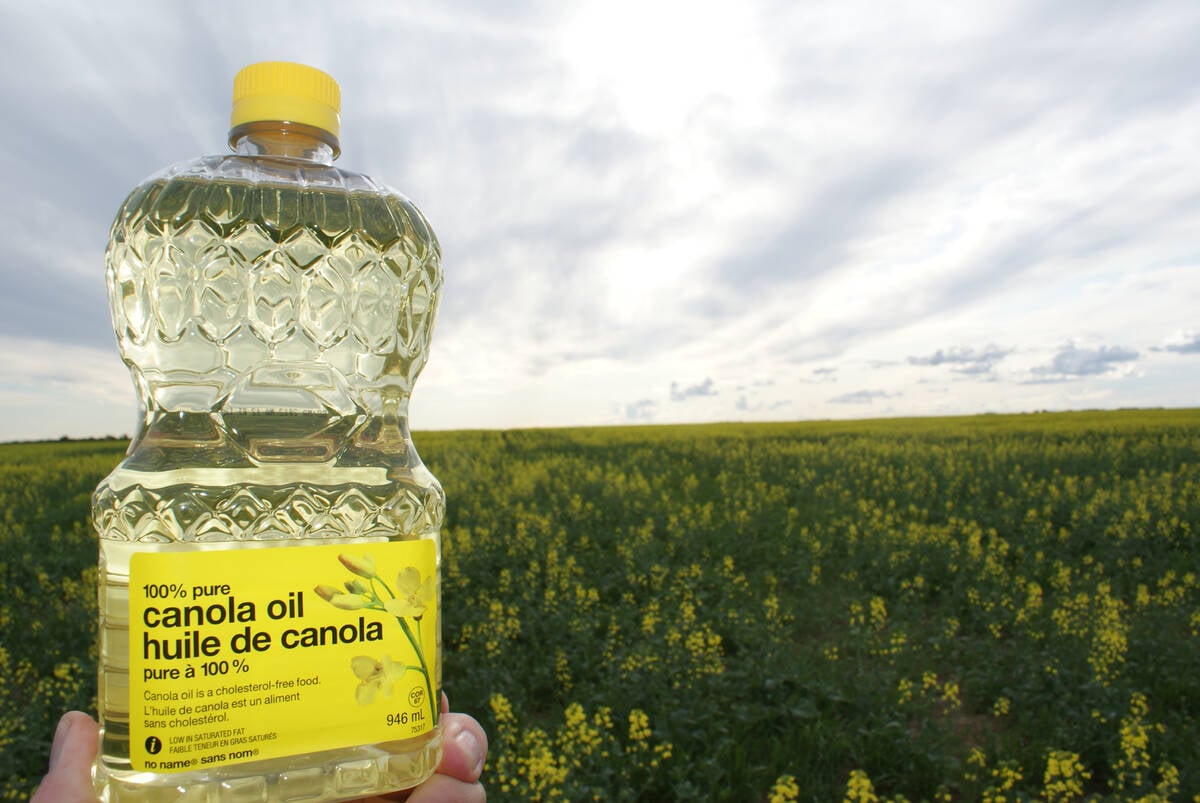Findings in a Canadian investigation of a BSE-infected Jersey cow have raised questions from one U.S. group about how the disease develops and at what stage animals should be tested.
However, Canadian Food Inspection Agency veterinarian George Luterbach says investigation results tend to confirm what is already known about the brain-wasting cattle disease.
The matter involves Canada’s seventh case of BSE in a 50-month-old Jersey cow on an Alberta farm. It is the youngest Canadian animal discovered with the disease and is significant because it was born well after the 1997 feed regulations imposed to keep potentially infective material out of cattle feed.
Read Also

Rising vegetable oil demand may offset bad biofuel news
Global biodiesel/renewable diesel production is expected to decline for the first time in a decade. Bad timing for a canola industry looking for new markets.
The cow died July 2 from mastitis and showed no outward signs of any other disease. But subsequent testing confirmed it was also infected with early-stage BSE.
“Normally we expect to see animals in Canada die of BSE in the 48 to 80 month age range,” said Luterbach. “This animal, had she not died of something else, would have been about 60 months, the same as our average.”
Recent research is also leading scientists to believe that the age an animal dies of BSE is related to the level of infection it experienced when young. The younger the animal when it ingests the infectious agent, the sooner it will succumb to the brain-wasting disease.
But R-CALF, an American cattle group, now argues that the BSE case in the 50-month-old cow means Canada’s level of infection is higher than statistics indicate and that the age of infection is becoming younger.
“The USDA (U.S. Department of Agriculture) has consistently taken the position that BSE testing can only detect infectivity two months to three months before an animal begins to exhibit clinical symptoms of the disease,” said Bill Bullard of R-CALF.
“Because of Canada’s continuing BSE problems and its decision to postpone for another year regulations to improve its feed ban, there is a very definite possibility that the U.S. has a good chance of importing live Canadian (feeder) cattle that already are incubating BSE, but showing no symptoms of the disease.”
While R-CALF continues to call for universal testing of all slaughter cattle, particularly those from Canada, Luterbach and his U.S. colleagues say the removal of specified risk material, or SRM, from animals younger than 30 months protects the public and eliminates the need for animal testing outside of targeted high-risk groups.
“SRM removal already eliminates virtually any chance of infection by any human down the food chain,” Luterbach said. “Further testing just adds to the cost of beef without protecting anyone. There is no scientific basis for it.”
R-CALF also criticized Canada and the U.S. for not implementing a complete ban on animal byproducts in feeds.
Canada announced an expanded ban that will see the removal of all ruminant SRM material from all animal feed and fertilizer by July 2007. The U.S. has not announced any plans for changes to its feed regulations.














